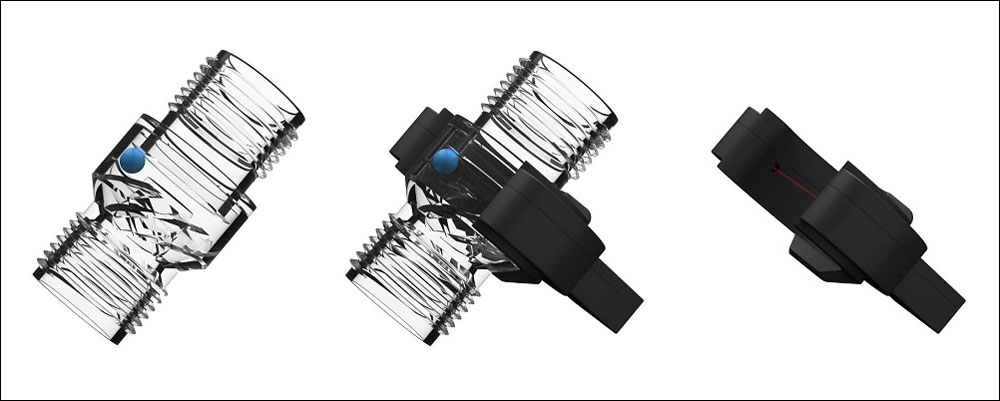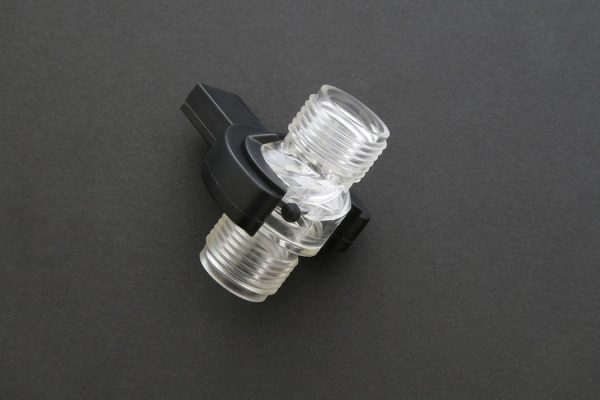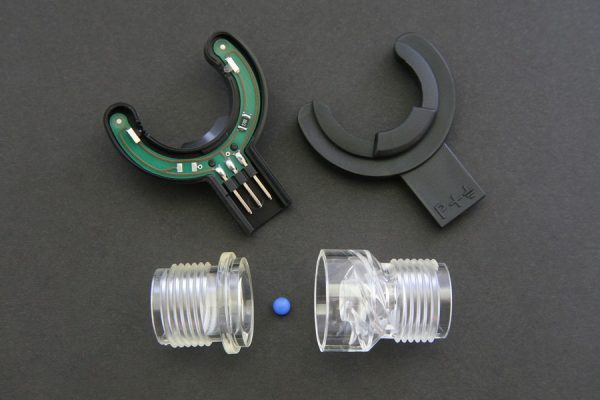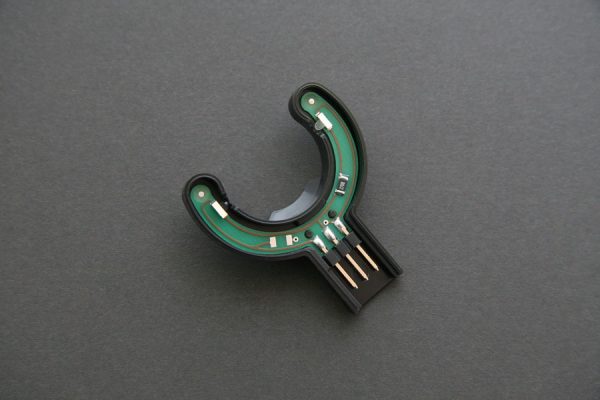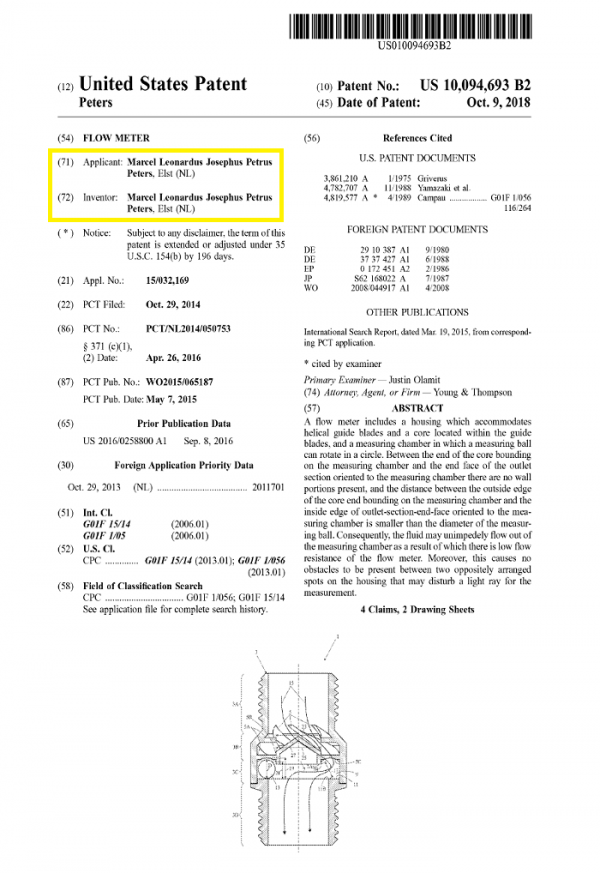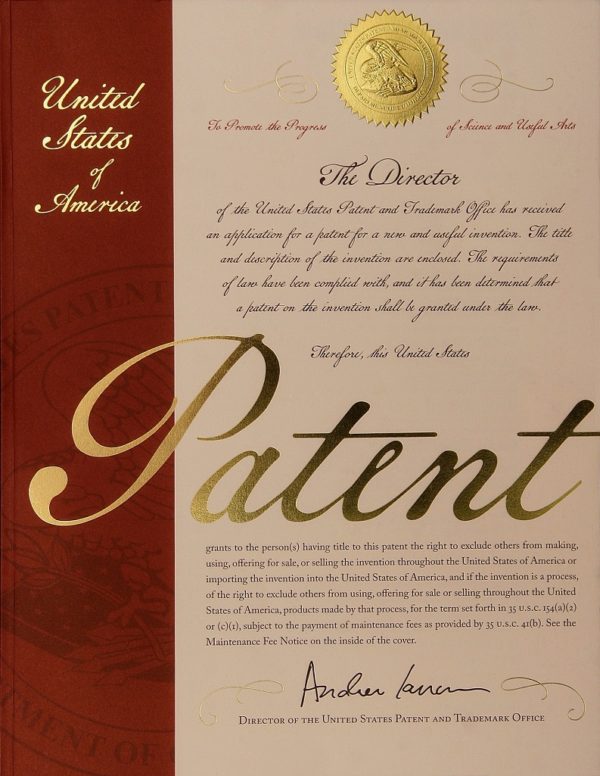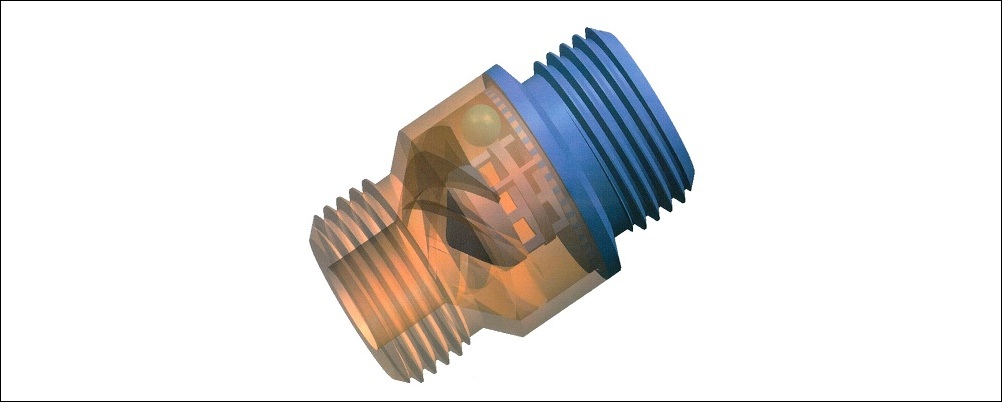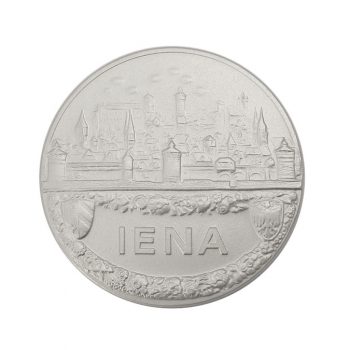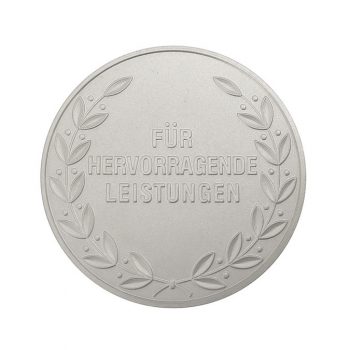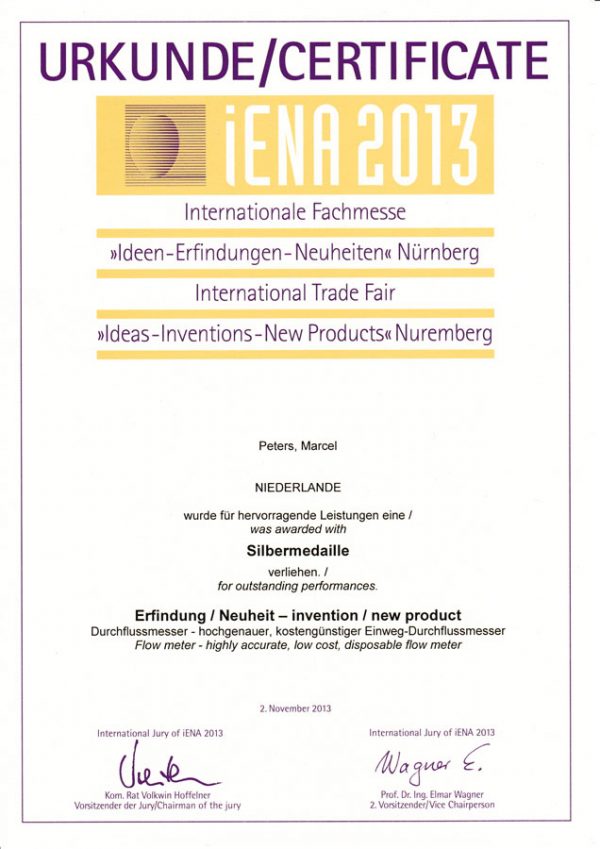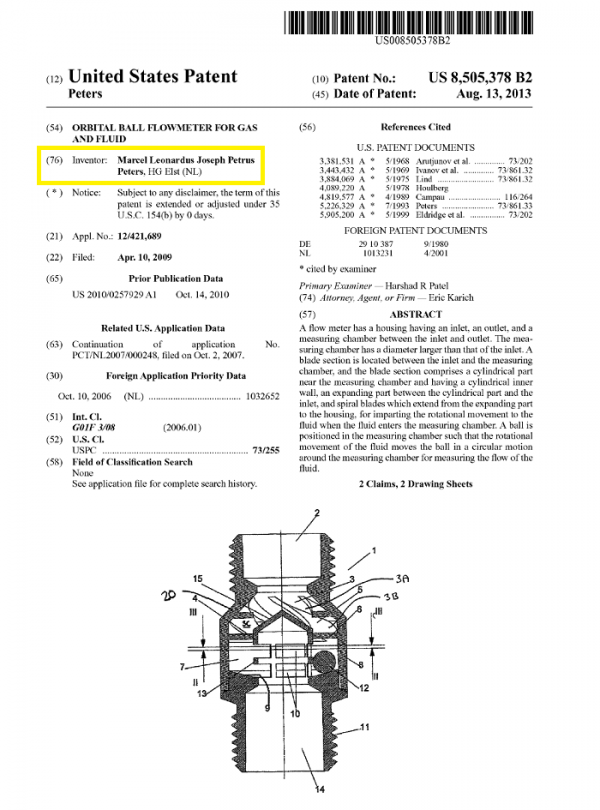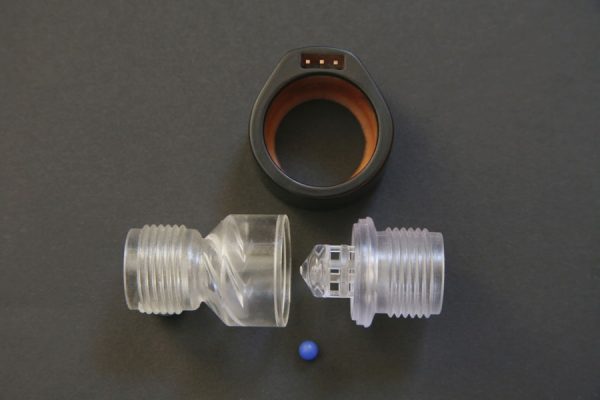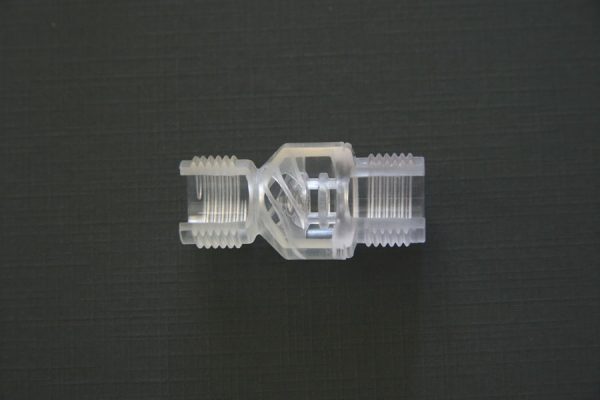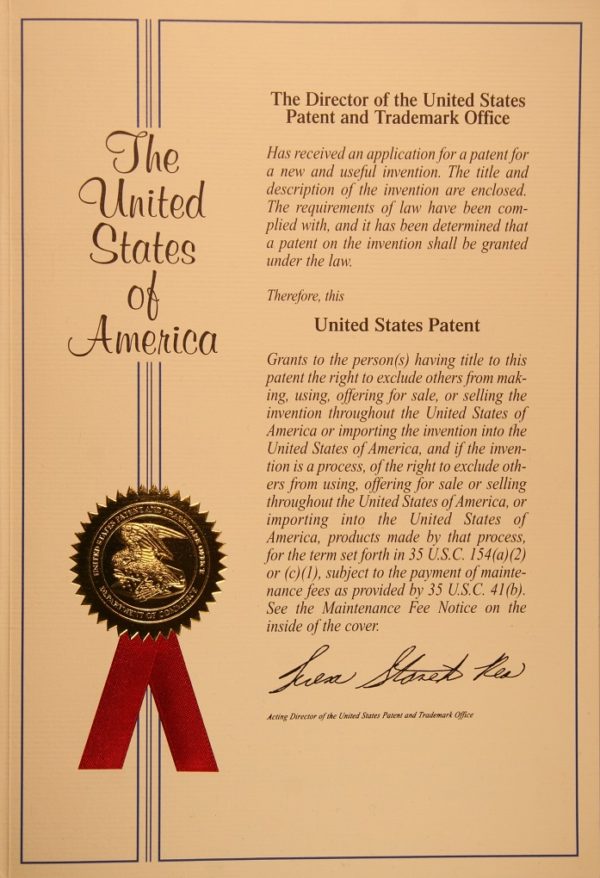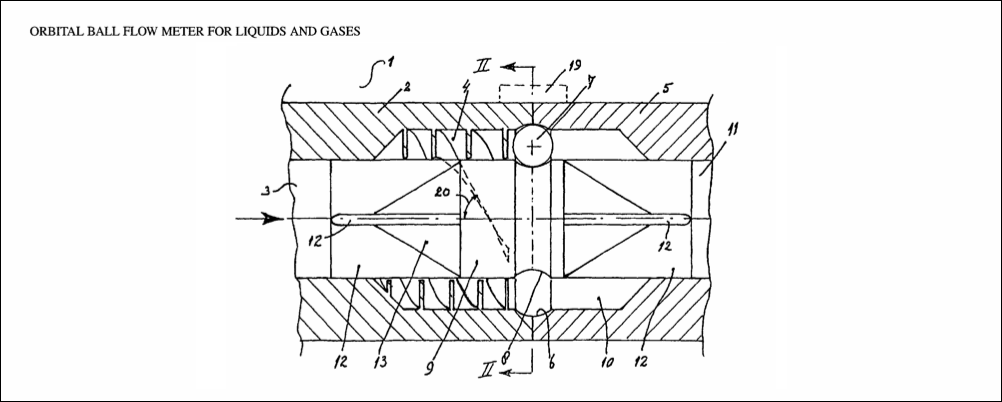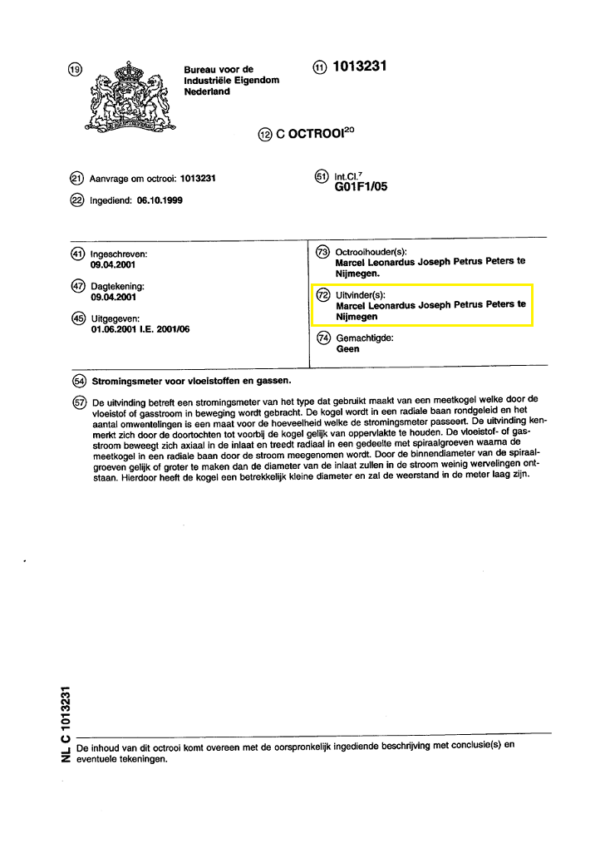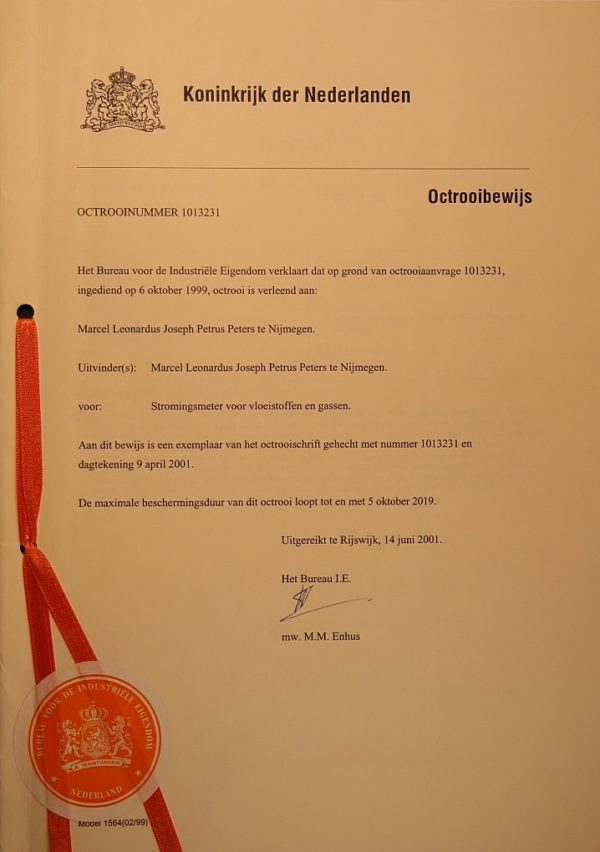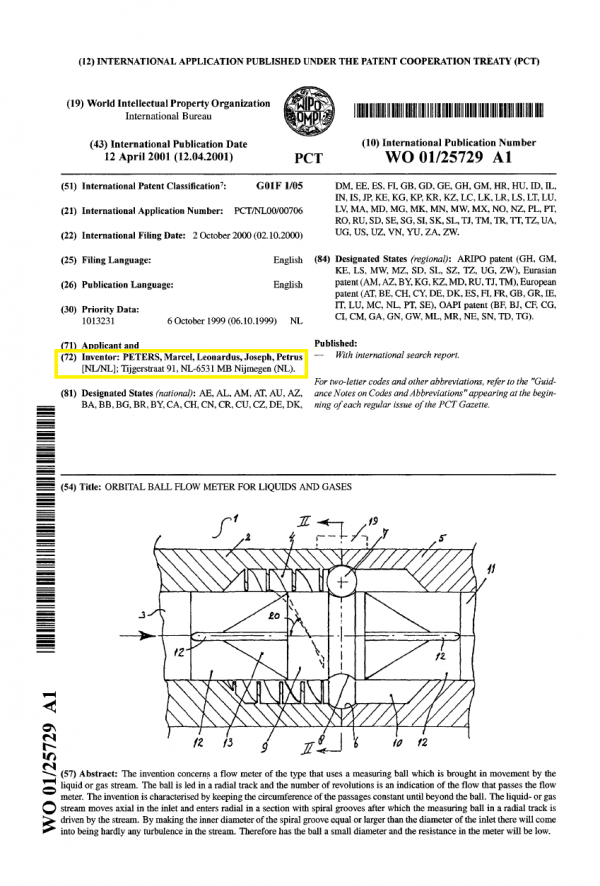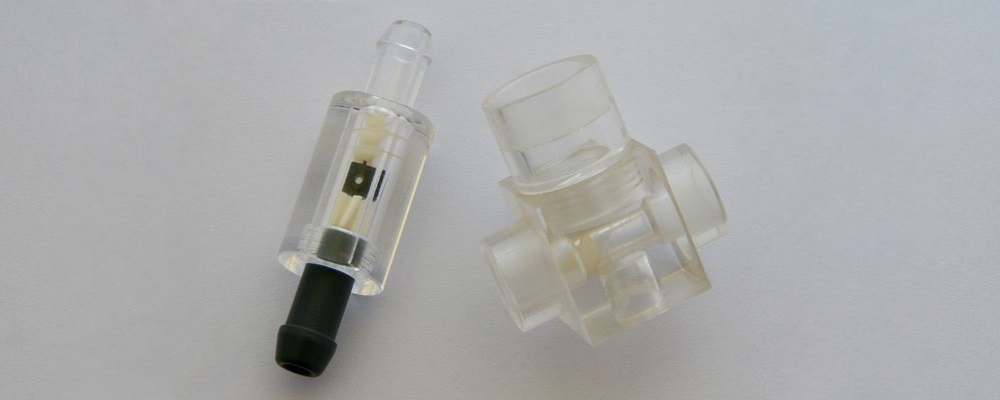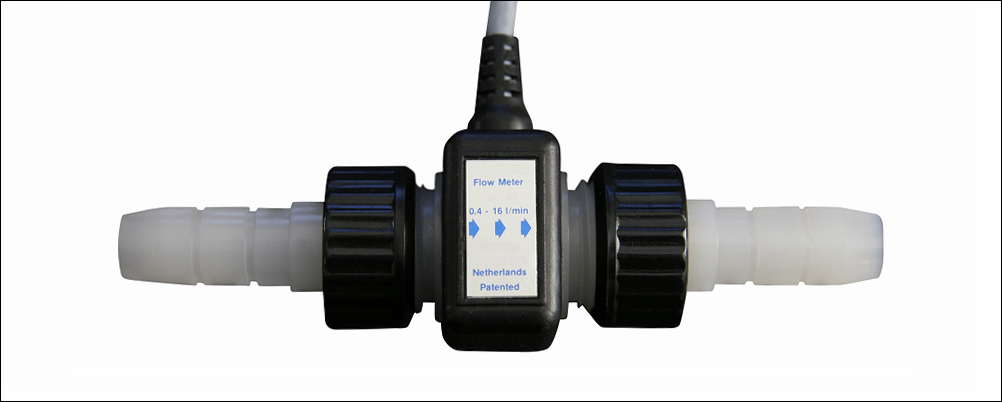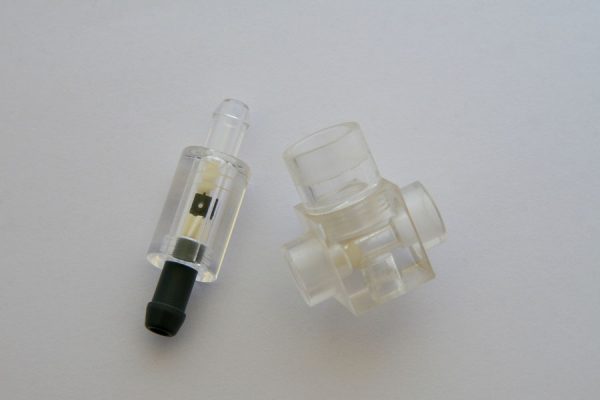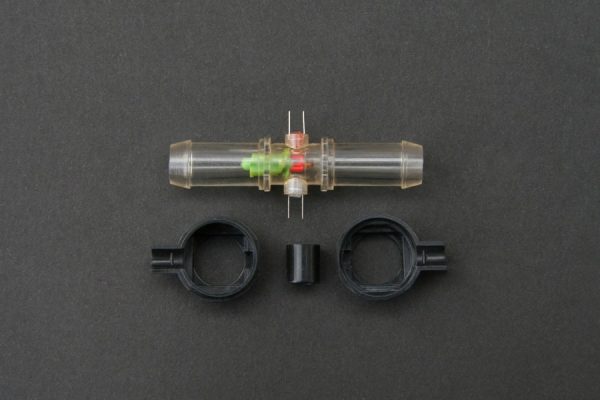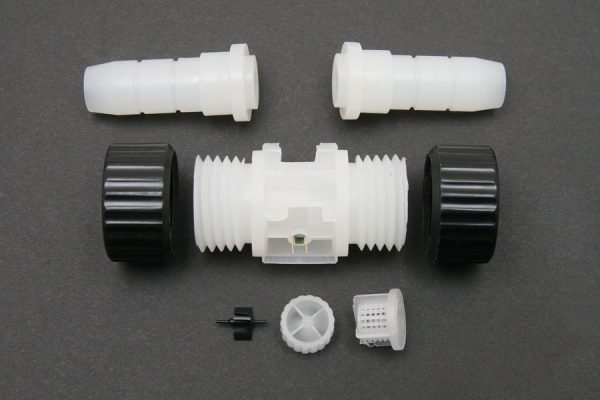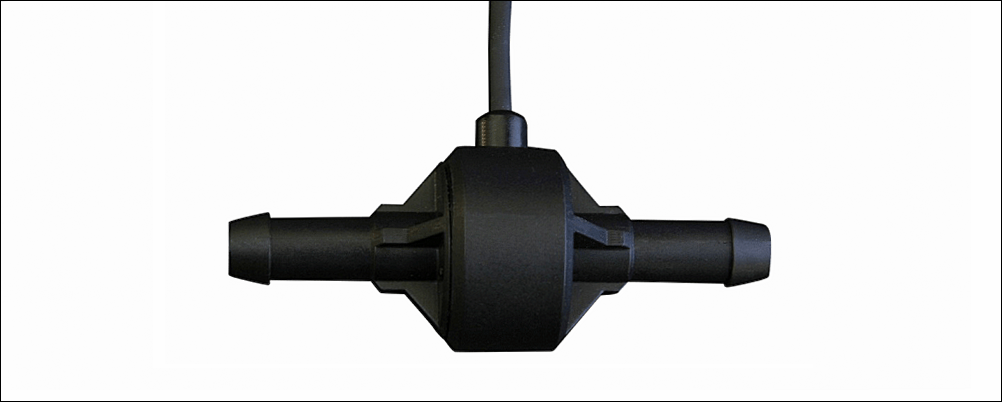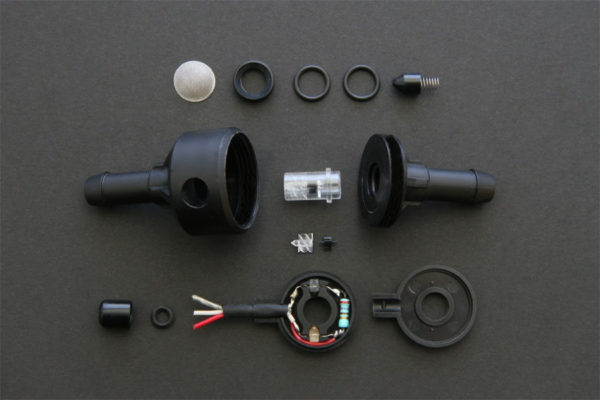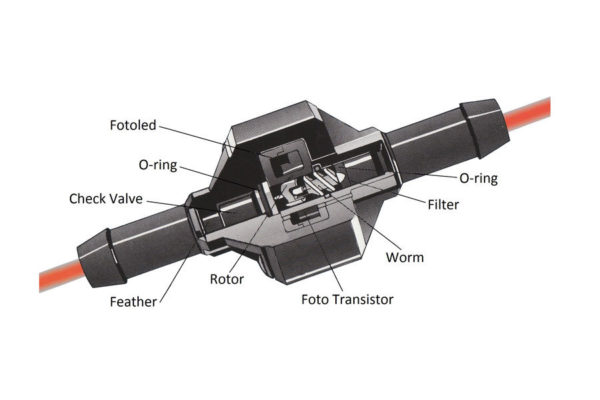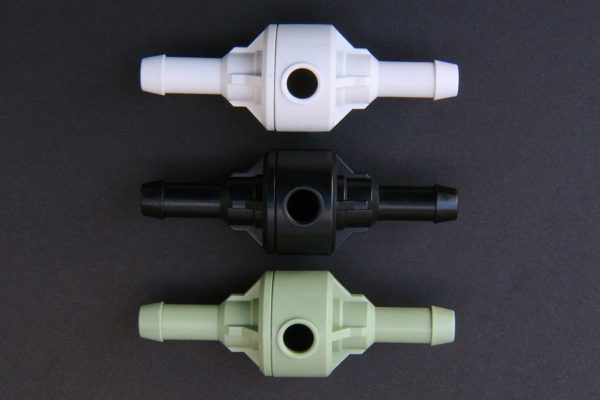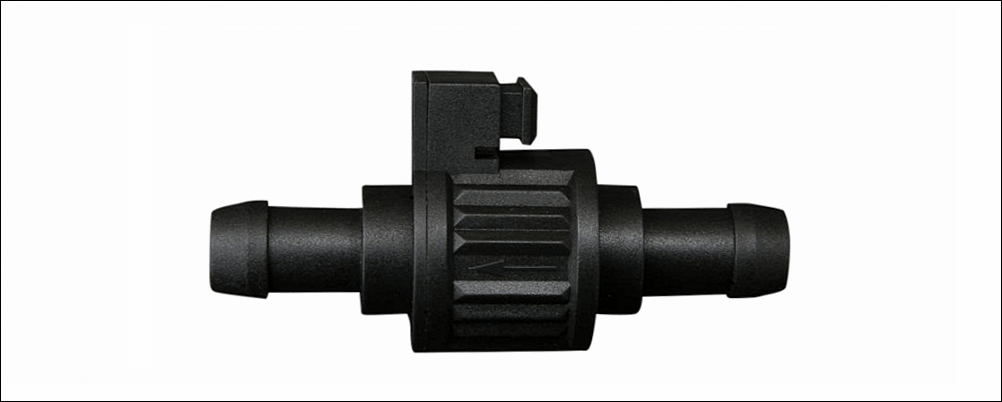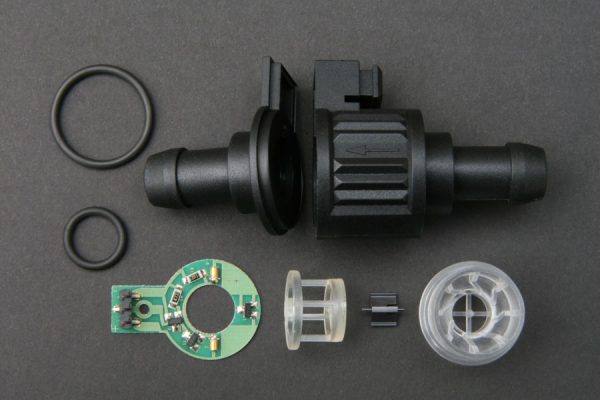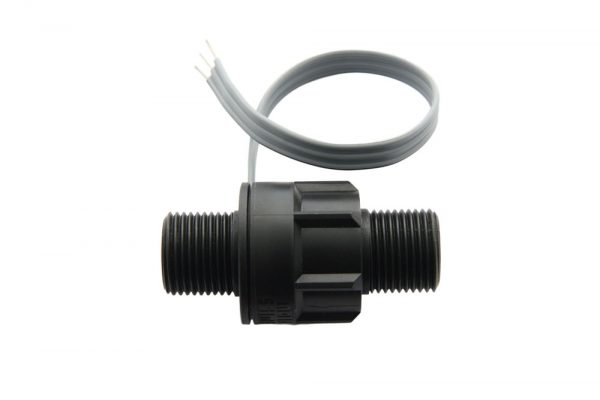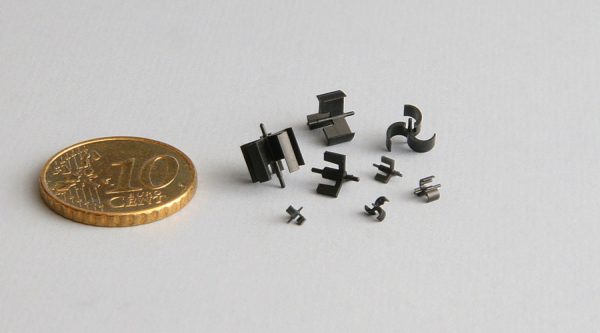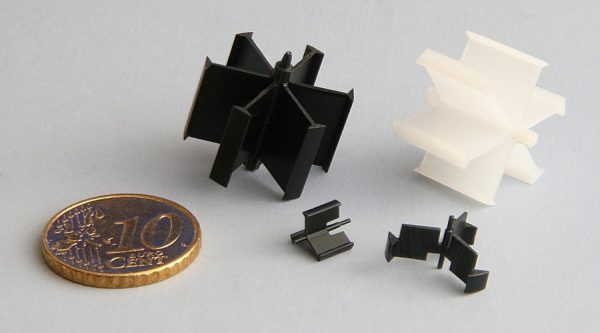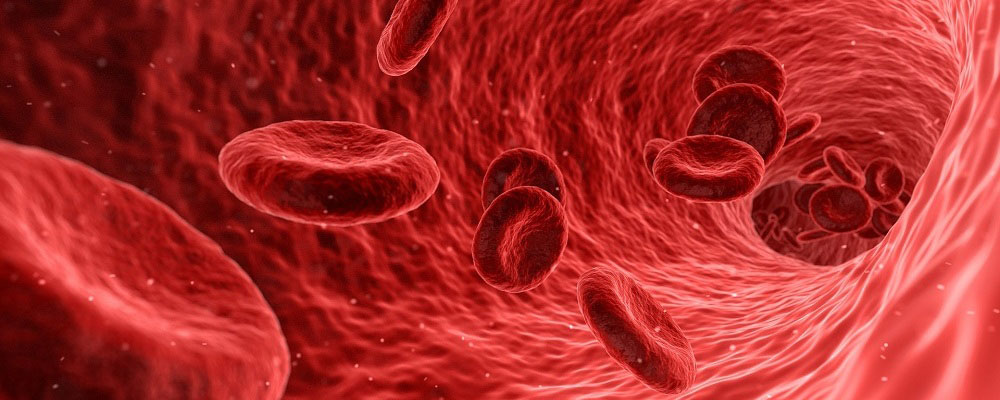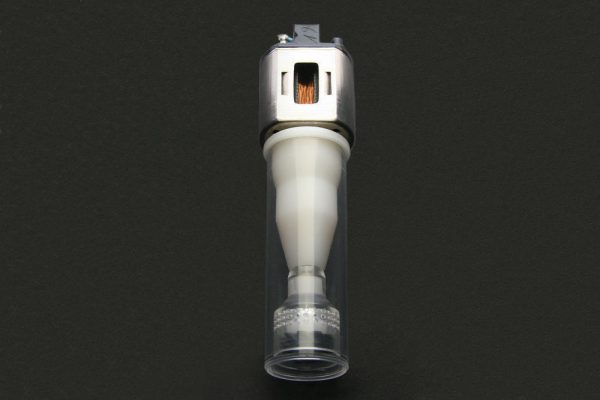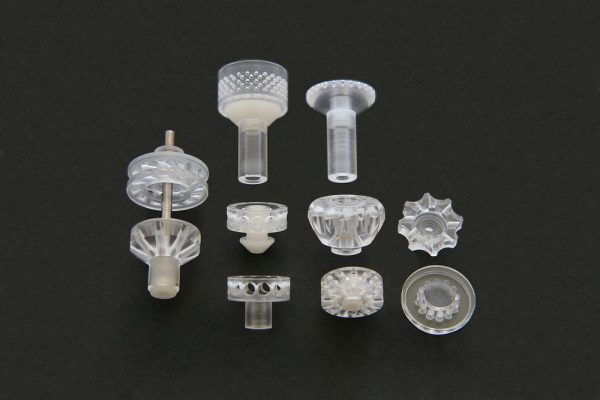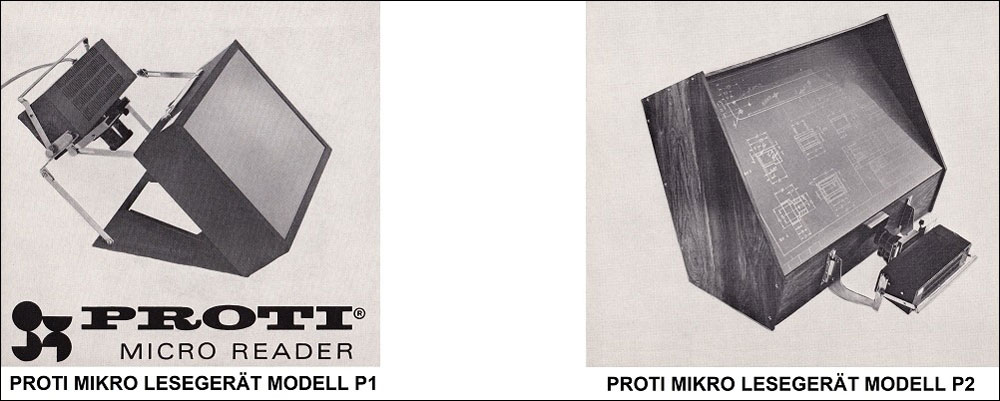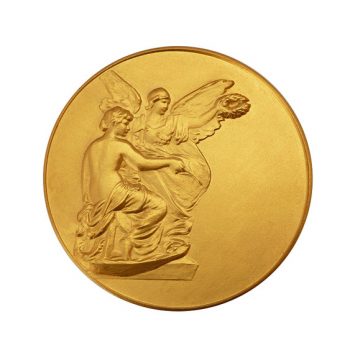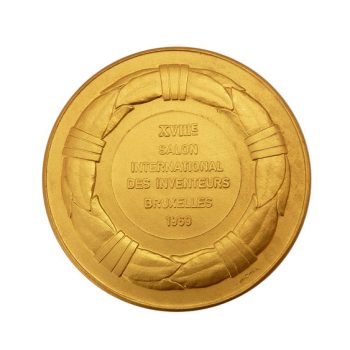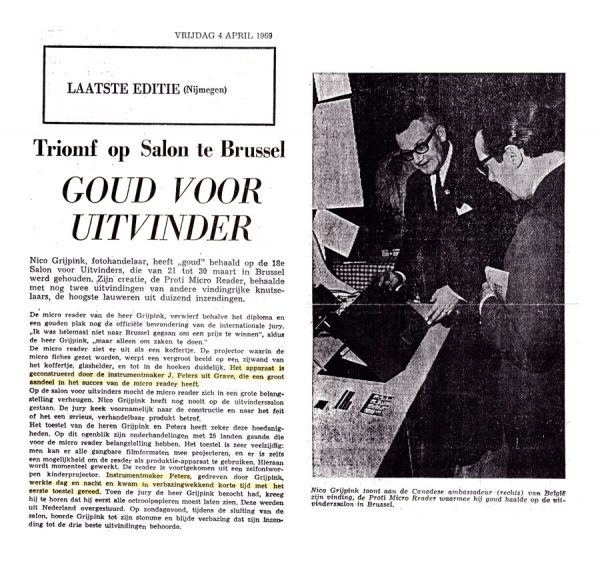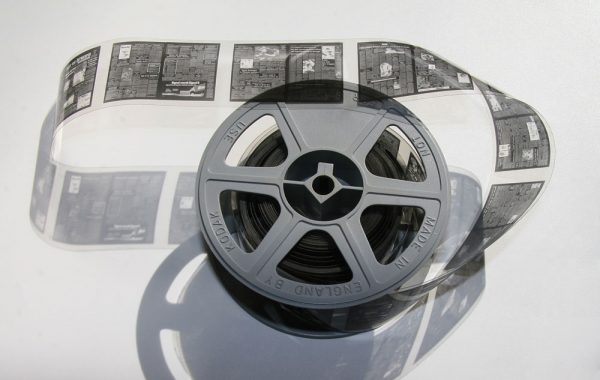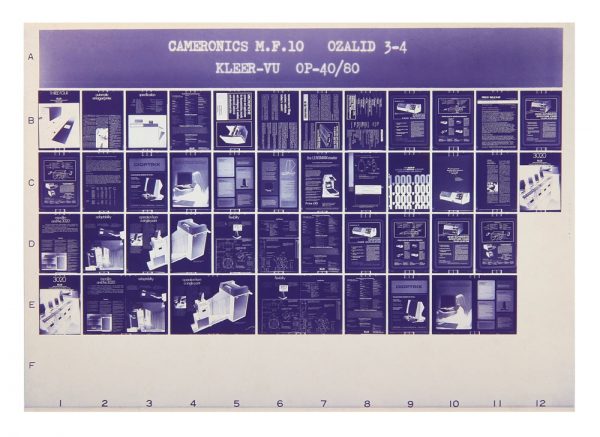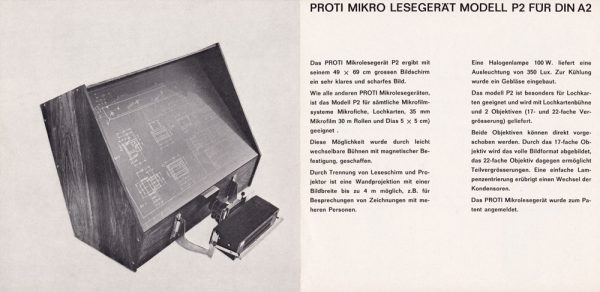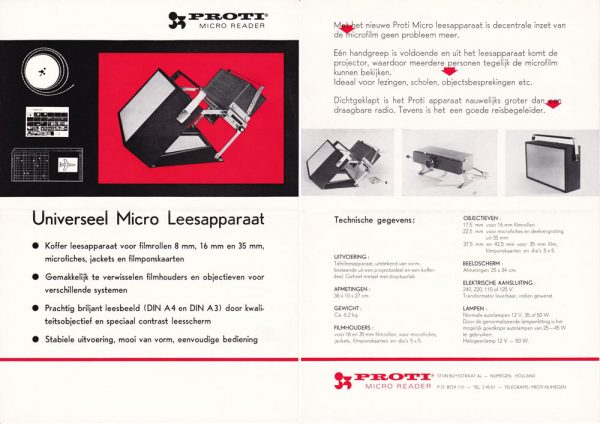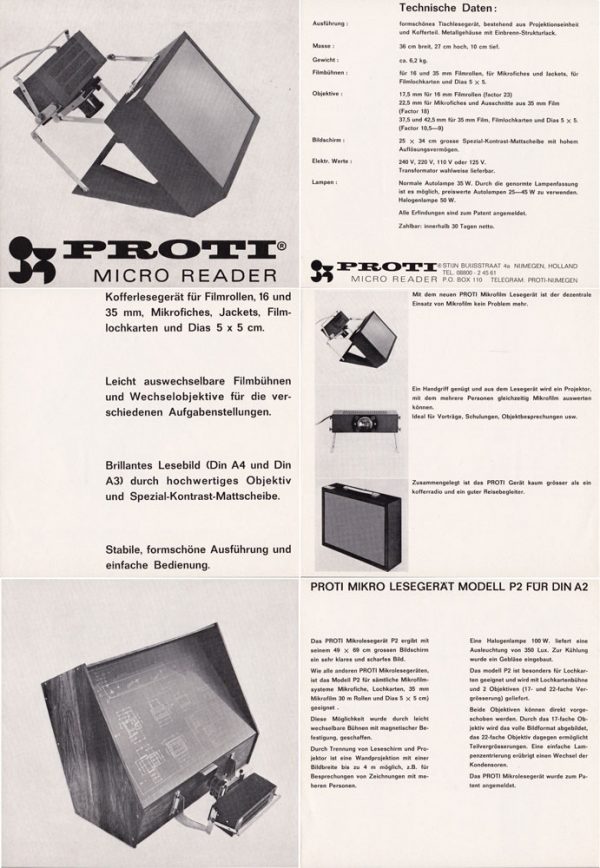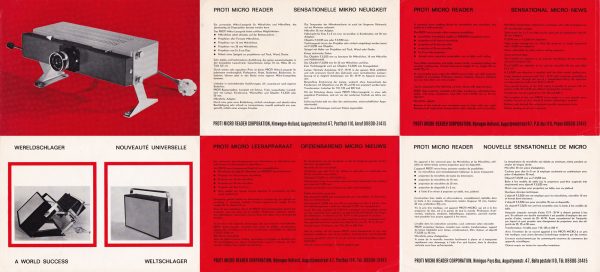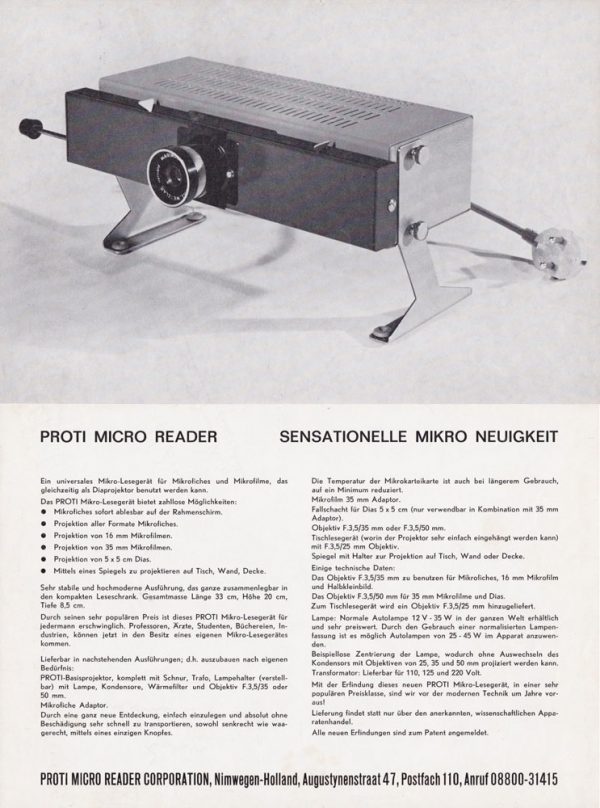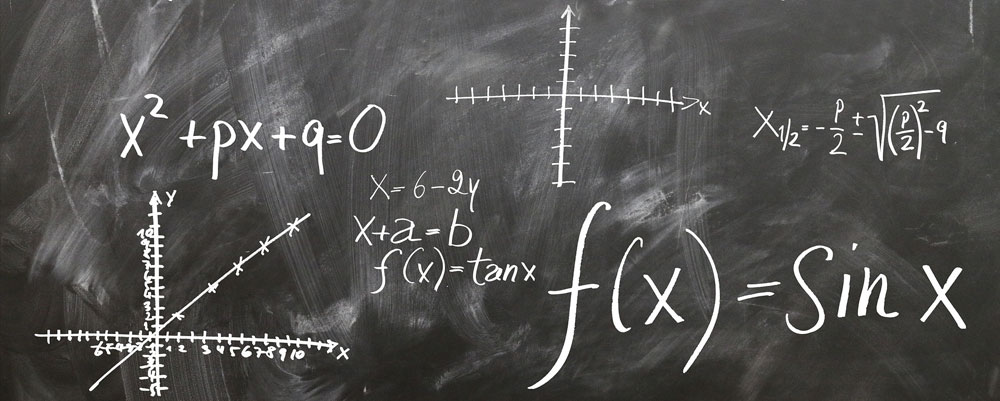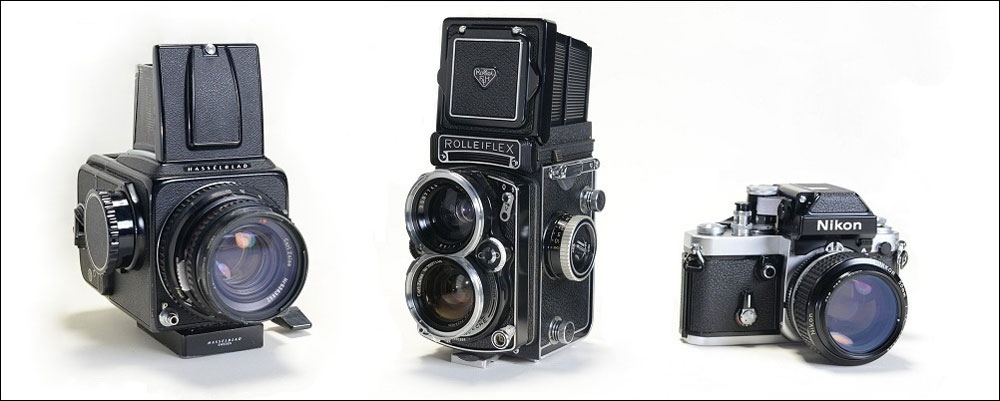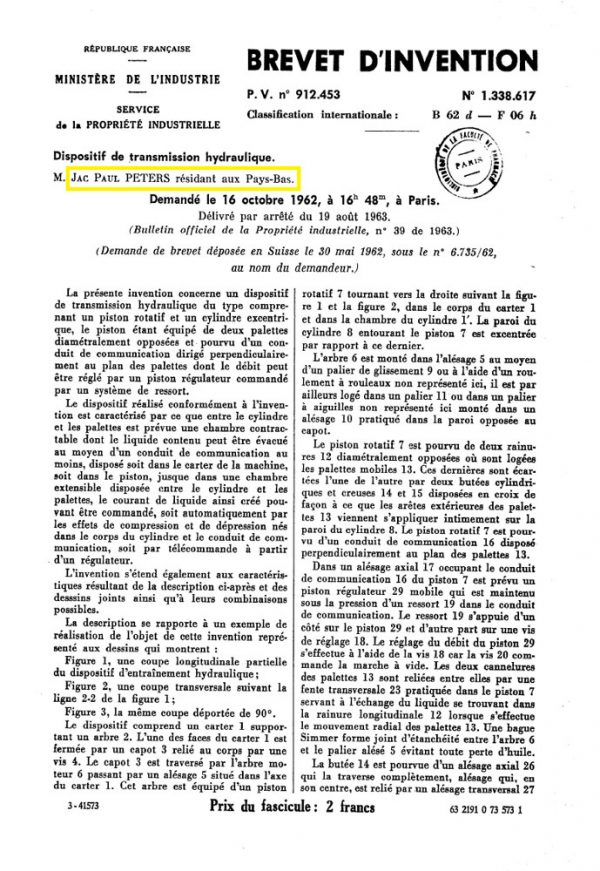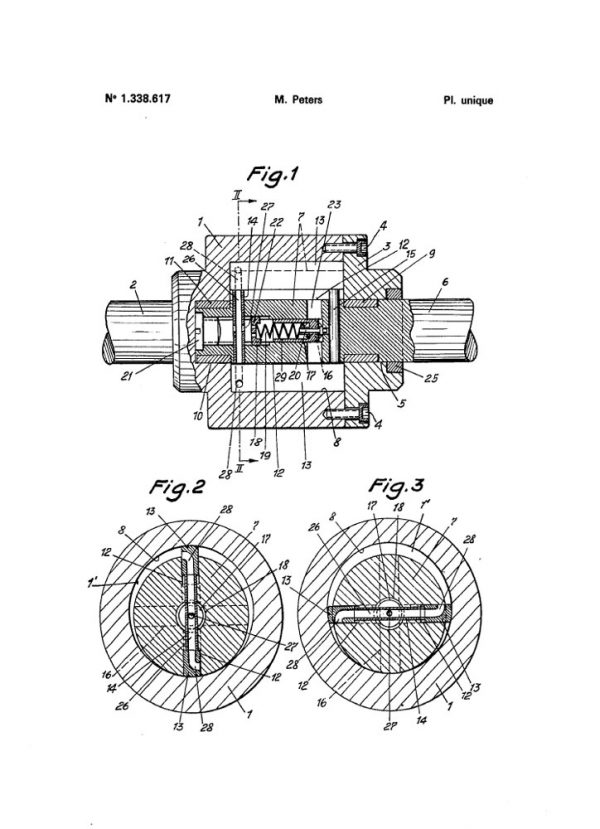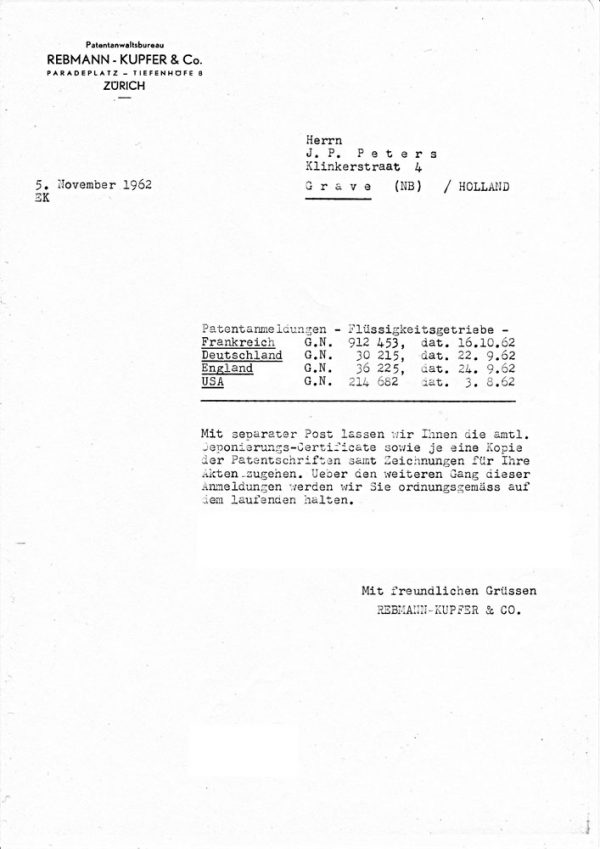In 1965 there were quite a few institutions that had problems with projecting and quick-searching information on microfilm / microfiche.
A microfiche is a card made of transparent film used to store printed information in miniaturized form. Each microfiche can accommodate from 48 pages to as much as 152 pages of A4 size. To read the card, a user places it under the lens of a reader machine, which magnifies it greatly. The thinness and small size of the film enables it to be stored very easily and efficiently, allowing libraries, museums and businesses to increase their resource collections without the need for additional storage space.
At that time, P.J. Peters was working as freelance photo camera repair technicion for a photographer who had a camera shop in Nijmegen. The photographer was approached by the university, they were looking for a user-friendly and affordable system to read the information on microfilm. From 1966 to 1968 P.J. Peters developed the Proti Micro Reader.
The first patent 6712324 filed on September 8, 1967 Inquiry number: NL19670012324, inventor P.J. Peters. Unfortunately the photographer used his own name as inventor when he made the patent application.
Other countries where a patent was requested are France, Germany, Switzerland, Belgium.
At that time, there were negotiations with 25 countries that had considerable interest in the Micro Reader. Later many companies, institutions, hospitals and libraries from around the world started to use the Micro Reader.
There was a lot of interest from companies such as Kodak, AGFA, 3M COMPAGNY and Océ van der Grinten who all wanted to take over this invention. Even now, so many years later, companies are still selling these Micro Readers.



